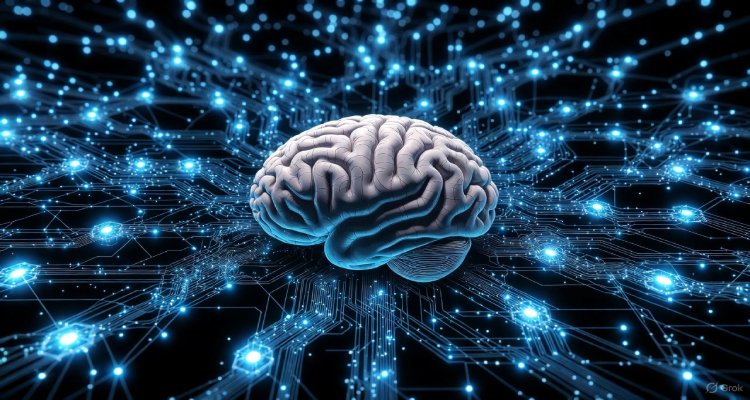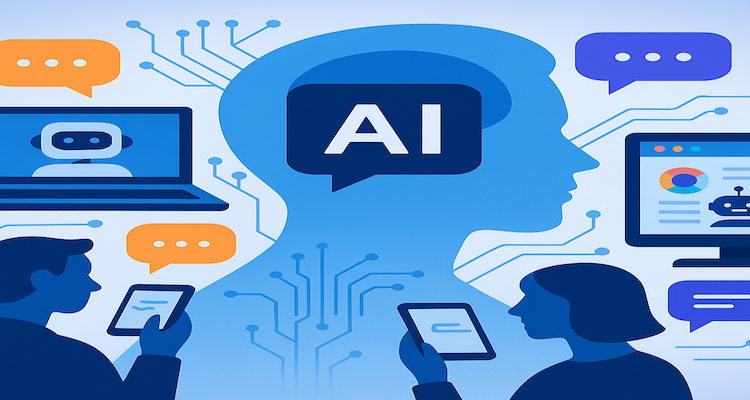When Medicine Becomes Prediction, Not Healing
As AI-driven diagnostics rise, medicine is shifting from treatment to prediction. Here’s what it means for patients, ethics, and the future of healthcare.
Introduction: When the Clinic Feels Like a Forecast Center
In a brightly lit exam room in Boston, a patient waits—not for a diagnosis, but for a probability score.
Her doctor isn’t scanning symptoms or prescribing medication yet. Instead, he’s reviewing a dashboard that claims to predict her likelihood of developing heart disease in the next decade.
It’s a glimpse of a growing reality: medicine is shifting from healing what is broken to forecasting what might break.
This transformation, driven by artificial intelligence, genomics, and massive health datasets, is reframing the fundamental purpose of modern healthcare—and raising profound questions about responsibility, privacy, and trust.
Context & Background: From Reactive Care to Predictive Algorithms
For most of history, medicine has been a reactive profession. A patient falls ill; a doctor intervenes.
But the last decade has delivered a powerful new toolkit:
- Genomic sequencing that can flag thousands of inherited risks.
- Wearable sensors that track heart rhythms, sleep cycles, glucose levels, and more—24/7.
- AI models capable of scanning millions of data points to estimate future disease probability.
- Electronic medical records that feed pattern-recognition algorithms with real-world data.
Together, they form a predictive ecosystem that identifies potential illness before symptoms appear.
The shift is appealing: prevention saves lives, lowers costs, and reduces the strain on hospitals. But it also transforms medicine from something tangible—treating a wound, removing a tumor—into something abstract and sometimes unsettling: managing risk instead of disease.
Main Developments: Algorithms Are Outpacing Traditional Diagnosis
Across the US and Europe, predictive healthcare tools are growing rapidly:
1. AI Models Predicting Hospitalizations
Machine-learning systems now claim they can forecast which patients are likely to be hospitalized within the next six months—often with surprising accuracy. Hospitals use these forecasts to intervene early, sometimes before patients know they’re at risk.
2. Genetic Risk Scores Gaining Mainstream Use
Polygenic risk scores, once a research novelty, are being integrated into routine care. Patients now receive lifetime risk assessments for conditions like breast cancer, Alzheimer’s, or Type 2 diabetes—without ever feeling ill.
3. Insurance Moving Toward Predictive Metrics
Some insurers are experimenting with risk-based pricing or interventions that nudge customers toward lifestyle changes based on predictive analytics.
4. Consumer Tech Entering the Clinic
Smartwatches and health apps generate continuous data that clinicians increasingly rely on. For some doctors, daily alerts from wearable devices are becoming as important as lab tests.
The result? Patients interact with healthcare long before they’re sick. The line between wellness and illness is blurring.
Expert Insight & Public Reaction: Excitement Meets Unease
Experts are divided—not on the usefulness of predictive tools, but on their consequences.
Healthcare futurist Dr. Elaine Carter warns,
“Prediction is powerful, but it can also medicalize everyday life. If every probability becomes a problem, we risk turning healthy people into anxious patients.”
Ethicists raise similar concerns:
- Who owns predictive data?
- How accurate must predictions be before they influence treatment?
- What happens when an algorithm’s forecast conflicts with a physician’s judgment?
Patients, too, feel ambivalent.
Some embrace the early-warning systems that help them take control of their health. Others worry the predictions will lead to unnecessary tests, anxiety, or even discrimination by insurers or employers.
The tension is universal: people want to know the future—until the future becomes a burden.
Impact & Implications: A Future of Responsibility Without Illness
As predictive medicine becomes mainstream, several pivotal implications emerge:
1. Doctors Become Data Analysts
Physicians increasingly interpret trend lines, probability charts, and algorithmic warnings. The human doctor-patient relationship risks becoming secondary to a machine’s forecast.
2. Patients Carry the Weight of Risk
Being told you have a “37% lifetime chance” of a disease can influence life choices, mental health, and financial planning—even if the disease never appears.
3. Prevention May Overshadow Care
Healthcare systems investing heavily in prediction may inadvertently reduce attention on existing patients who need urgent treatment.
4. Ethical Frameworks Are Lagging
The pace of innovation is faster than the development of regulations around AI bias, data ownership, and algorithm transparency.
5. Society Redefines What It Means to Be “Healthy”
In a world where risk itself is treated, health becomes a moving target. We may soon live in a system where no one is fully “healthy,” only “not yet diagnosed.”
Conclusion: Balancing the Promise and the Peril
Predictive medicine is not inherently good or bad—it is powerful.
It offers an extraordinary opportunity to prevent illness, extend life, and personalize care. Yet it also challenges long-held assumptions about what medicine is meant to do.
The future of healthcare will depend on balance:
- Using prediction as a tool, not a verdict
- Preserving human judgment
- Protecting patient autonomy
- Ensuring forecasts empower rather than intimidate
As medicine evolves from healing to anticipating, society must decide how much of the future it truly wants to know.
Disclaimer : This article is for informational purposes only. It does not provide medical advice, diagnosis, or treatment. Always consult a qualified healthcare professional for medical concerns.










